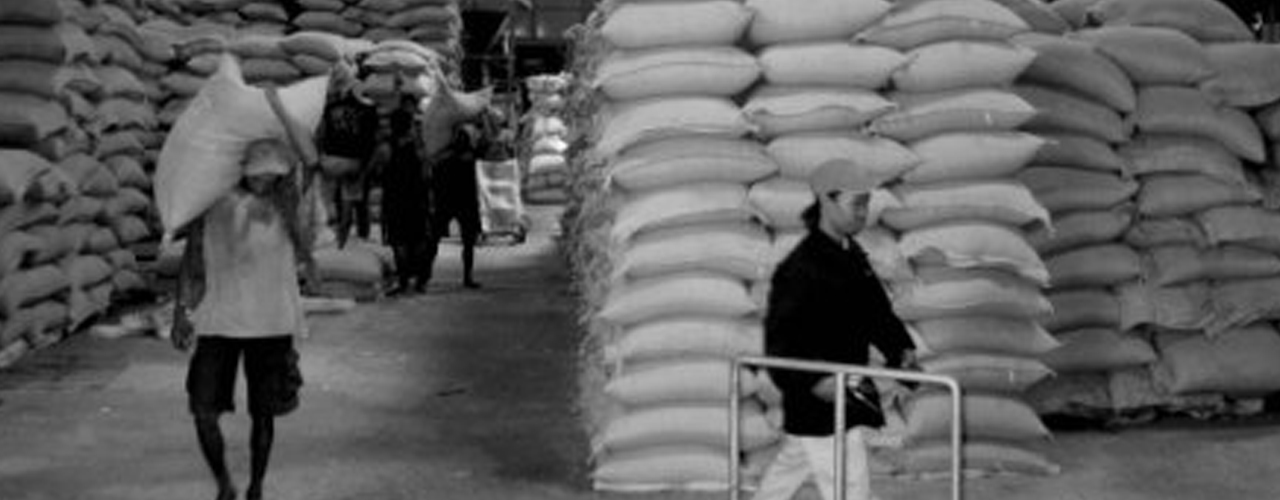The coffee beans you see after the roasting process have come a long way from where they started, as "cherries" on Arabica plants. Coffee trees flower twice a year, the flowers being fragrant, white bunches that hang from the trees. Only 25% of these flowers will go on to be fertilised and produce small buds that later grow into coffee beans. The beans take several months to ripen. Once they have reached a level of ripeness where the outer skin turns red, the picking begins. The majority of our partners hand pick, so the selection process is far better than the bigger estates that often strip pick using machinery.
Arabica trees can grow up to 30 foot tall, if not pruned. Most farmers try and keep their trees to around 8 foot or shorter, so the cherries can easily be reached during picking. The seasons for picking vary across the archipelago. In Sumatra the season runs from November to January, in Java from late July through to September.
The estates and farmers we purchase from use one of two different methods to process the picked cherries into what's called "green coffee". The "dry" method is predominately used in Sumatra and by small hold farmers in Java, Bali and Flores. This method involves drying the beans outside under the sun. The beans are laid out either on a concrete pad, or on sacking laid out on the side of the road. The process can take several weeks. Over this time the beans are raked and turned as often as needed to ensure a universal drying effect is achieved. Once the outer area of the bean begins to fall off, the coffee is ready to have the pulp removed. Normally this is done by machinery- although some of these mulching machines are still hand driven! The final product is a green bean, about 1/3 rd of the size of the original cherry.
The second method of drying coffee is the "wet" processing system. Wet processing means the bean can begin the final preparation stage immediately after being picked. Instead of drying under the sun the cherries are processed through a water system. This leads to the outer skin softening making it easy to remove. The system works well although there are often times when the sugar in the beans can ferment, causing the flavour of the beans to be affected. Most large estates in Java use this system as it speeds up processing and generally makes selection of the final green bean much easier. The quality of green bean from wet processing is generally higher.
The processed beans are always packed in standard 60kg bags for transportation from the estate or village to our facility in Bukit Sentul. We supply our partners with burlap sacks to ensure the coffee is able to breathe. Burlap is also the best medium for long-term storage of coffee beans.




